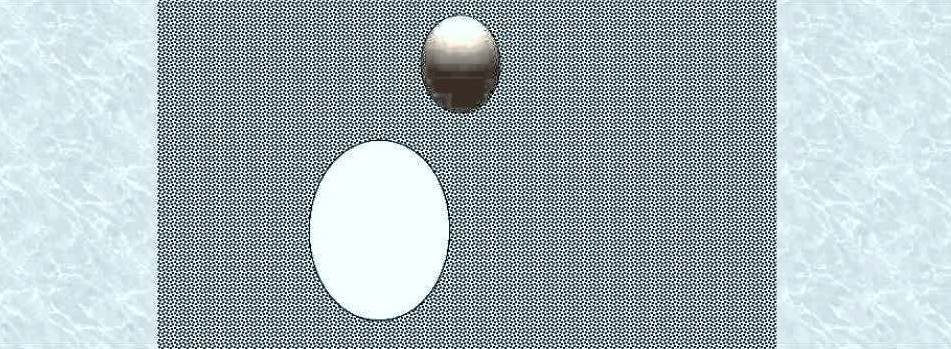NoegkX – No Fun?
Once you have decided to leave all eggs to Columbus, the real adventure begins. Or so you thought.
I cannot tell you how many times I have heard something like this: ‘Yes, I would really like to get rid of the eggs (for various reasons), but they are so hard to replace, so I will just leave them.’
My initial decision to seriously reduce the use of eggs came from a desire to help a family member who was seriously ill. And the dietary option for this person (suggested by specialized nutritionists) was to eat only very few eggs a week. That was a big blow because they were really popular in that case.
So my move was to at least leave some of the normal dietary choices untouched by removing the eggs in places where it would not be noticed.
And really, if you look closely, eggs are rarely visible in a dish. And if I were to ask you what an egg tastes like: What would you say?
The truth is that eggs usually do not add flavor, but rather consistency and cooking or baking qualities.
This turned out to be a good way to bring some change to the difficult matter of yolks and whites in a shell. So instead of trying to replace the egg as an ingredient, I always ask the question: What is the egg doing in the recipe I am looking at?
An egg can have a lot of different qualities.
It can e.g.:
- bind liquids in itself, thereby stabilizing them and changing their consistency (the quality of an egg white)
- ‘glue’ ingredients together which normally would not stick (egg white quality)
- ‘fluff up’ a mix of ingredients, which would normally be rather coarse (egg yolk quality and/or whipped egg white quality)
- ‘juice up’ and enhance mixes of ingredients – also in quantity (whole egg quality)
- provide a mix of all the qualities above
So if I want to replace the egg, I have to replace those qualities, right?
Well, there are quite a lot of ways to do just that:
- ‘bind liquids’ or pureed ingredients: There are many wonderful vegan mixes that bind liquids using components like agar agar, potato starch, and arrowroot powder. You just have to look for vegan ways to make jams or jellies.
- ‘glue’ ingredients (like in baking recipes): Here you have to look a little harder. Or: Follow the recipe.
- ‘fluff up’ a mix of ingredients:
- For every egg yolk you omit, add a tablespoon of apple pulp (not applesauce with sugar added, just pureed and cooked apples).
- To substitute whipped egg whites, use aquafaba (liquid from canned chickpeas). Just whip it with an electric whisk and treat it as you would whipped egg whites in the recipe.
- ‘juice up’ and enhance mixes of ingredients
- For each egg you leave out, add a tablespoon of apple pulp (not apple sauce, see above).
- If the mixture is very incoherent, I would also add a tablespoon of potato starch plus a teaspoon of guar gum flour* for every 2-3 eggs you replace. Make sure to mix the guar gum flour carefully with the potato starch and stir it in small portions into 3x the amount of cold water. If you have more flours to mix, you can skip the pre-mixing with the liquid and just spread the guar gum really well under all the flours before adding the liquids (like you would do with baking powder).
My advice: Do not use more than two (flat) teaspoons of guar gum flour per dish or you may turn everything into a gummy mess.
- A mix of all qualities above:
- Prioritize the qualities needed in the dish. You can do this by following different stages of preparation or by considering the desired consistency of the final product.
- Be careful not to mix cold and warm/hot components that have already been prepared with egg substitutes, as they may react unexpectedly (anything prepared with an egg substitute might lump seriously when heated).
- In my recipes, I will point out the different stages and uses of egg substitutes so that you can learn to handle these ‘wicked’ mixtures.
Eggs usually do not add flavor, but rather consistency and cooking or baking qualities.
Side Notes:
- You may want to replace the guar gum flour with locust bean gum if you have problems with soy (allergy or intolerance to bean protein) or sugar (e.g. diabetes).
- I have tried replacing the chickpea water of aquafaba with the cooking water from yellow peas. Experiments are still underway … I will keep you posted.
- Fun fact: You do not need a rooster to have hens laying eggs. So, if you have some open space in your backyard with enough greenery for the chickens to run around (protected against wild predators, ask an expert), and pick their beloved wild herbs, plus you would like some really fun animal companions, and still want the eggs, … you could get some hens.
